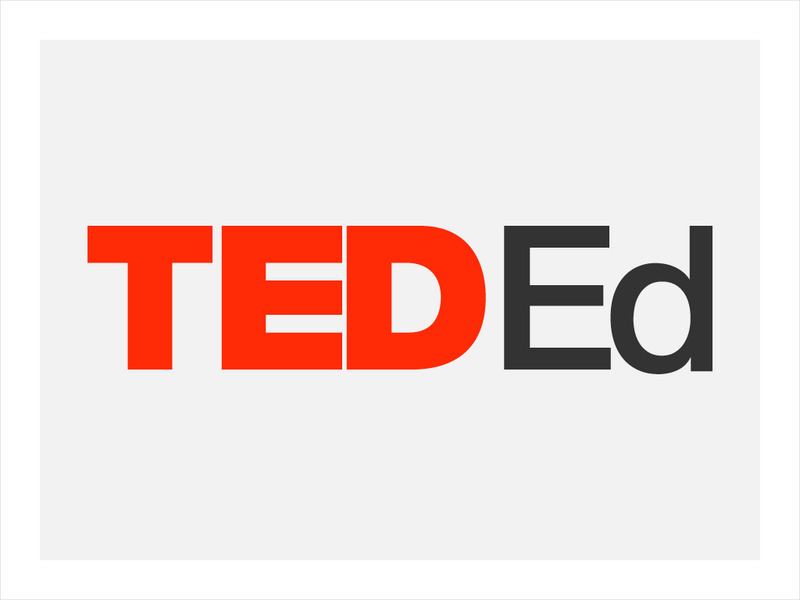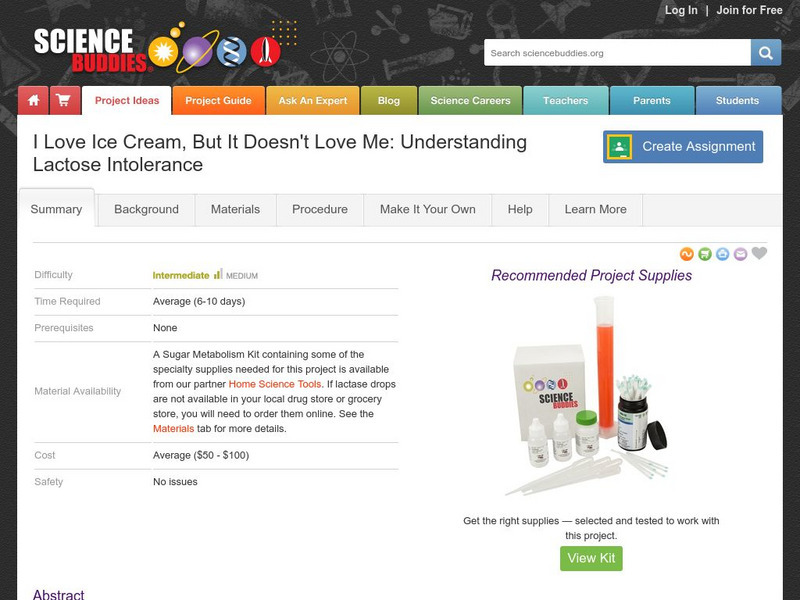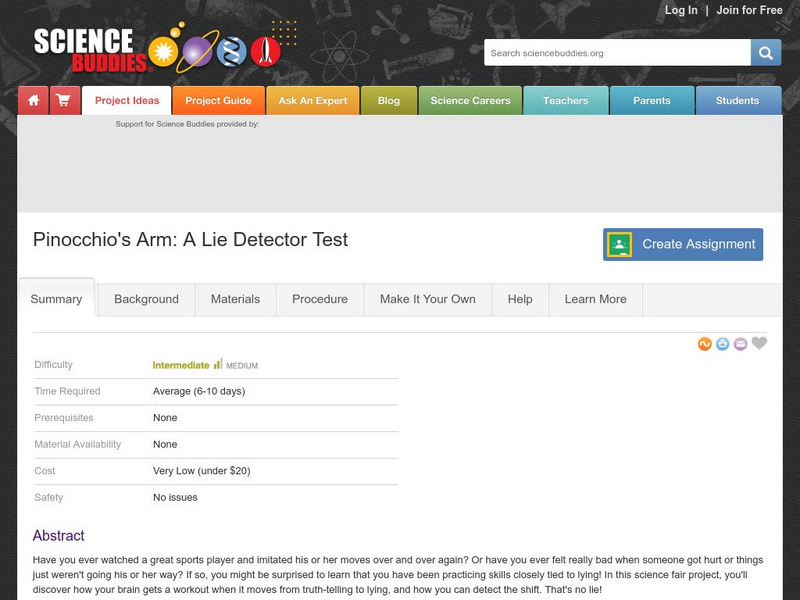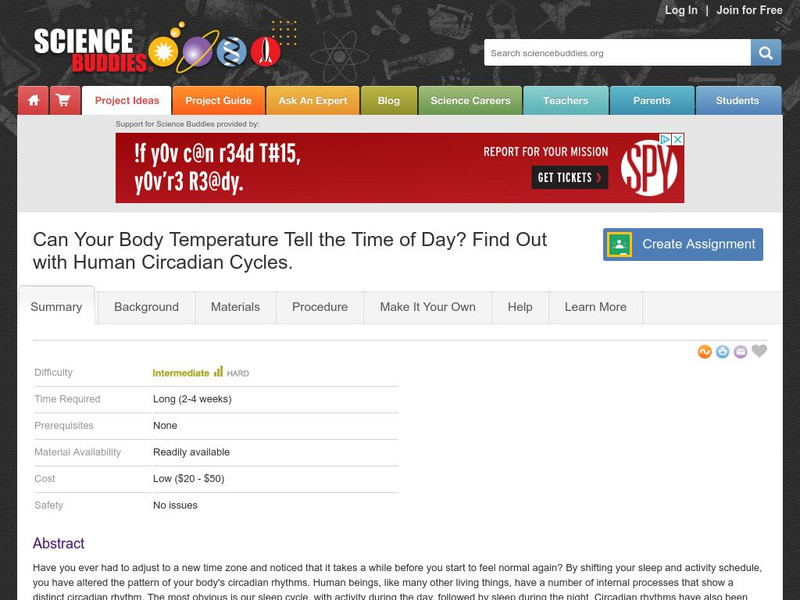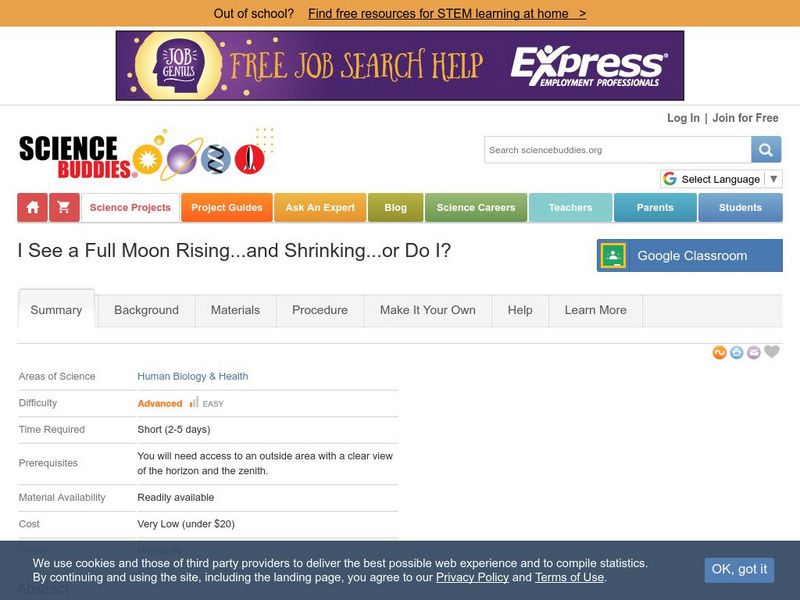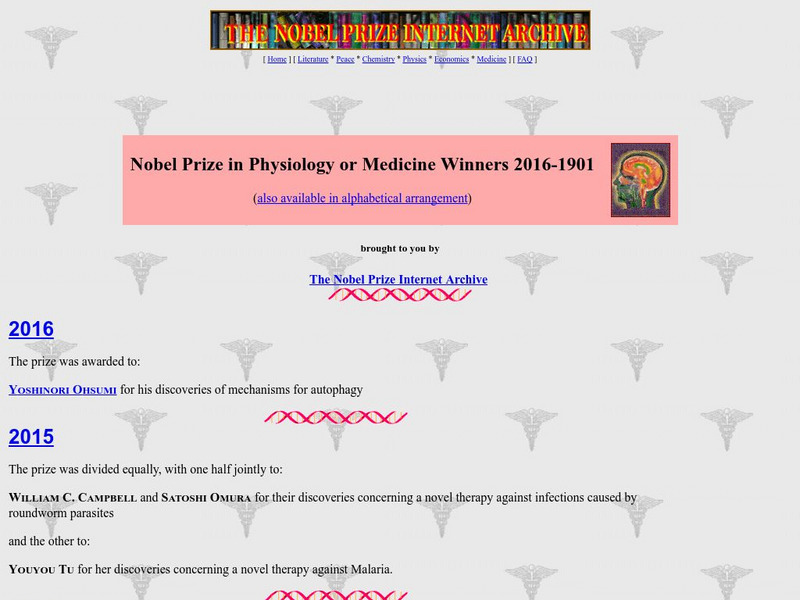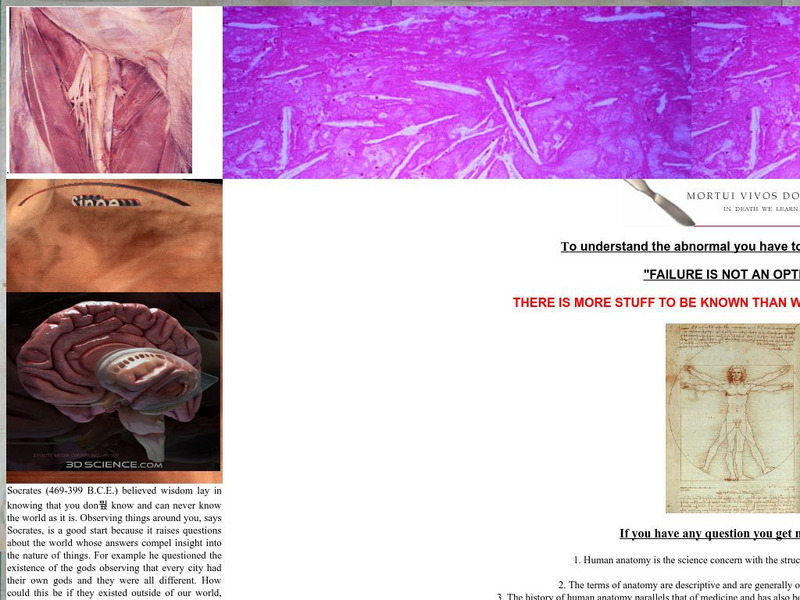Nemours KidsHealth
Puberty: Grades 3-5
With puberty comes lots of changes to one's body. Scholars explore those changes with two lessons that examine the role of the pituitary gland and hormones. In the first lesson, pupils take on the role of the pituitary gland, write a...
A Mighty Girl
Maria da Penha
A colorful poster introduces class members to Maria da Penha. A biopharmacist and activist, Penha was influential in writing and getting passed, Brazil's first domestic violence law which bears her name.
McGraw Hill
Online Learning Center: Respiration
This is a very detailed site on breathing/respiration. It covers system organization, mechanics, exchange of gases, and oxygen transport. A very thorough site.
National Institutes of Health
Visible Human Project: Anatomic Images Online
Medical quality 3D images of the male chest area and cut away views of the entire male body. Fantastic for anatomy classes!
Biology Corner
Biology Corner: Anatomy: Urinary System: Structure of the Nephron
Students read text and color leach labeled part of the nephron in the human kidney to understand the structure and function of the kidney. This is a ready-to-use teacher resource for biology review.
TED Talks
Ted: Ted Ed: If Superpowers Were Real: Body Mass
What if manipulating body mass wasn't just the stuff of fantasies and comics? Is it scientifically possible to manipulate your body mass? In this series, creator and educator Joy Lin tackles superpowers and reveals just how...
Science Buddies
Science Buddies: Effects of Exercise: Changes in Carbon Dioxide Output
Everybody knows that your body needs oxygen to keep going, and that you breathe out carbon dioxide as waste. What happens when you exercise? You've probably noticed that you breathe faster, and your heart beats faster. What triggers your...
Science Buddies
Science Buddies: I Love Ice Cream, but It Doesn't Love Me: Lactose Intolerance
Pizza, milk shakes, and ice cream sundaes all contain dairy products, therefore they cannot be eaten by the majority of people around the world. Dairy products contain the sugar molecule lactose, and the majority of people on the planet...
Science Buddies
Science Buddies: Pinocchio's Arm: A Lie Detector Test
You might be surprised to learn that you have been practicing skills closely tied to lying if you have ever seen someone in pain, or mimicked your favorites sports athlete. In this science fair project, you will discover how your brain...
Science Buddies
Science Buddies: Can Your Body Temperature Tell the Time of Day?
If you have ever had to adjust to a new time zone, you have noticed that it takes a while before you start to feel normal again. By shifting your sleep and activity schedule, you have altered the pattern of your body's circadian rhythms....
Science Buddies
Science Buddies: I See a Full Moon Rising, and Shrinking, or Do I?
The moon appears bigger at the horizon just as it is rising over the treetops, than it does later in the evening when it is overhead. This is because our perception of its size changes based on where it is in the sky. In this human...
Science Buddies
Science Buddies: Fast Food: Can Peppermint Improve Reaction Times?
Did you know that some teachers give their students a peppermint candy on state testing days? Is it to give the kids sweet-smelling breath? Or are the teachers hoping for something more on the important testing day? In this human biology...
American Association for the Advancement of Science
Aaas: Project 2061: Topic: Human Body Systems
[Free Registration/Login Required] Create a science test that checks for student understanding in science, for common misconceptions, as well as for correct ideas. This is a list of key ideas related to Human Body Systems. For each key...
Other
Nobel Prize in Physiology or Medicine Winners 2008 1901
A list of the Nobel Prize winners in Physiology or Medicine (updated yearly). Click on the names for more information.
Other
Danil Hammoudi, Md: Anatomy and Physiology Course
This page has complete course material for a beginning human anatomy course and everything can be downloaded. There are readings and presentations on all the major systems and organs of the human body, with lots of detailed, labeled...
National Cancer Institute at the National Institutes of Health
Seer Training Modules: Introduction to the Human Body
Self-guided learning activity where students learn about the functions, processes, and anatomy of the human body. There is a short quiz at the end of the lesson to check for understanding.
CK-12 Foundation
Ck 12: Episd: Organization of the Human Body
[Free Registration/Login may be required to access all resource tools.] From basic cells to tissue to organ systems, identify and understand the structures and functions of the human body's organization.
Untamed Science
Untamed Science: Biology: Human Biology
Learn about the basic organization of the body's organs and the major organ system.
Smithsonian Institution
Tween Tribune: If We Don't Need an Appendix, Why Is It There?
Article presents a theory regarding the role of the appendix in the human body.
Georgia Department of Education
Ga Virtual Learning: Psychology: Biological Foundations
Virtual learning course on human biology and brain function and how it affects our behaviors. Extensive collection of engaging materials, assignments, and activities for review.
Exploratorium
Exploratorium: Human Anatomy
Collection of activities, articles, and interactives on a wide range of topics relating to the human body.
OpenStax
Open Stax: Functions of Human Life
The different organ systems each have different functions and therefore unique roles to perform in physiology. These many functions can be summarized in terms of a few that we might consider definitive of human life. Learn here about the...
OpenStax
Open Stax: Anatomy & Physiology: Anatomical Terminology
This site provides learners with information regarding anatomical terminology. It covers anatomical position, directional and regional terms used, body planes, body cavities and their organs, and the serous membranes.
OpenStax
Open Stax: Requirements for Human Life
Earth and its atmosphere have provided us with air to breathe, water to drink, and food to eat, but these are not the only requirements for survival. Although you may rarely think about it, you also cannot live outside of a certain range...







